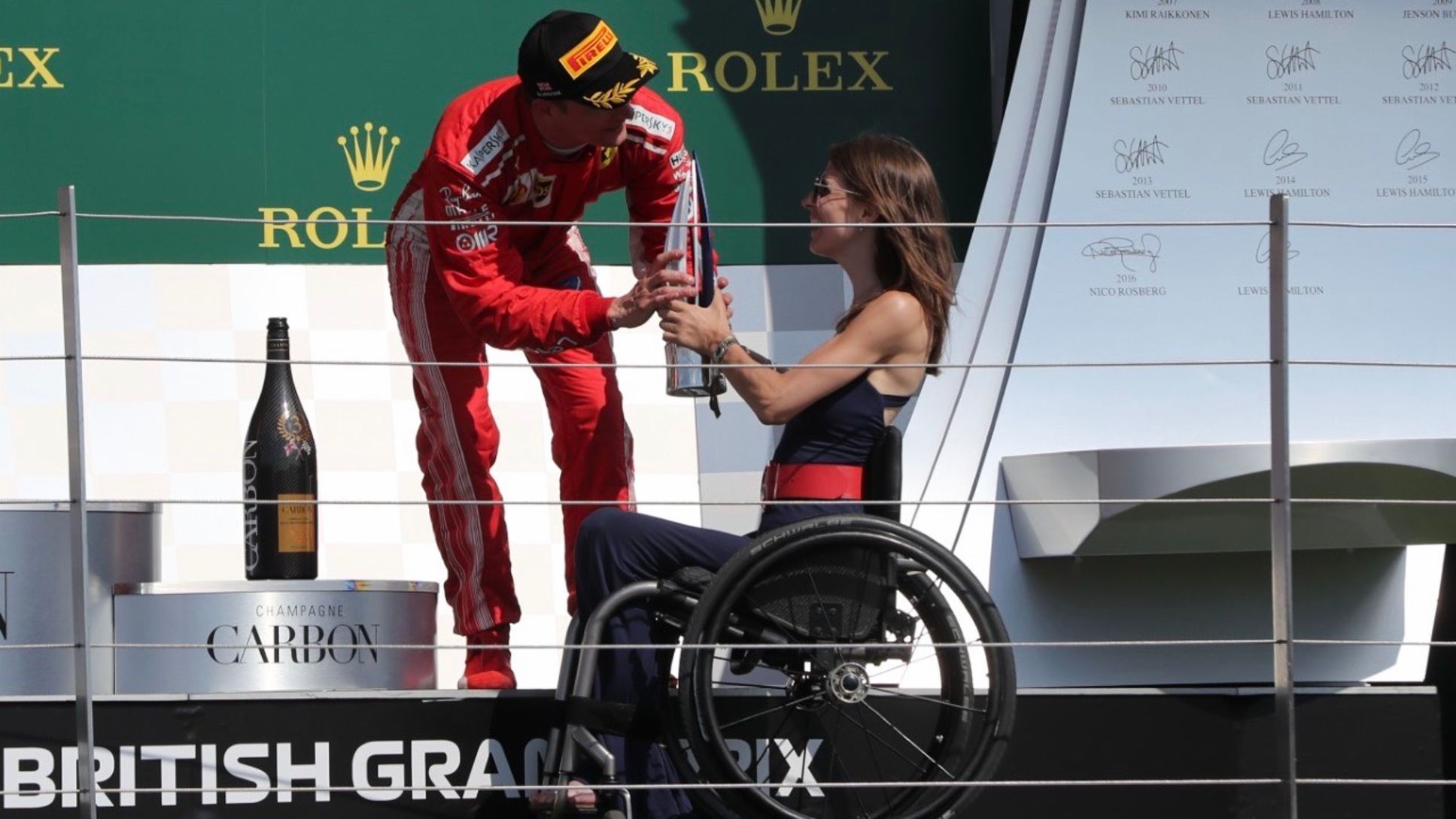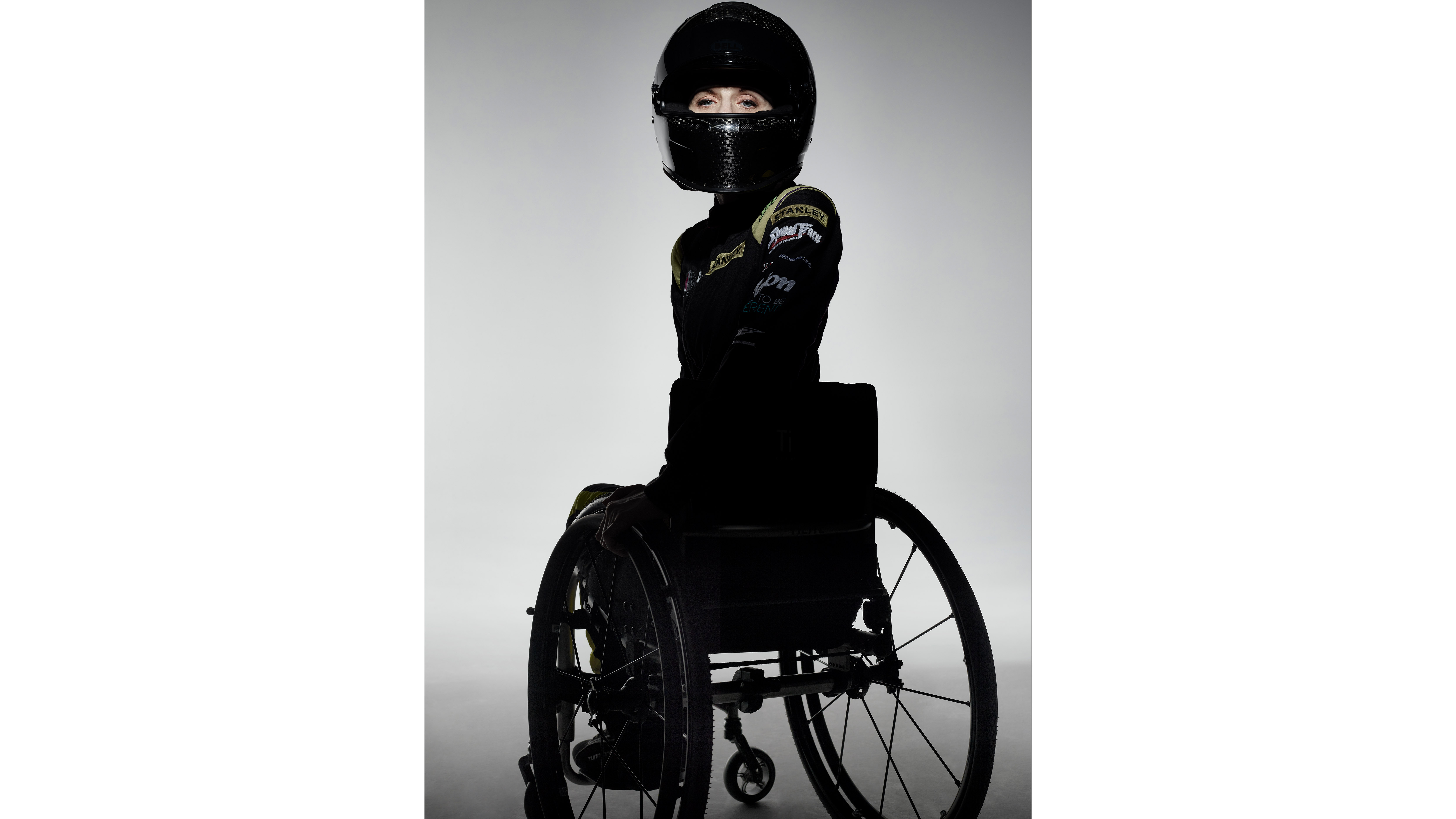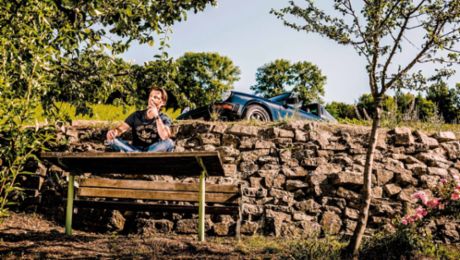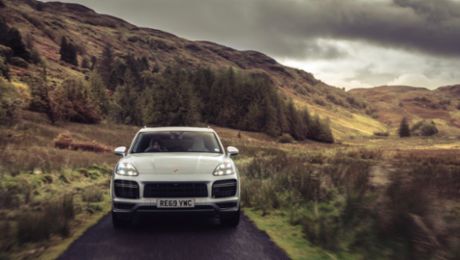In a handful of years Nathalie McGloin has risen from trackday enthusiast to one of the most influential figures in contemporary motorsport. Her story is one of remarkable grit and determination, allied with a passion for racing that now promises to reshape the sport for future generations.
FIA forms Disability and Accessibility Commission
McGloin is the only female tetraplegic racing driver in the world. Since 2015 she has been racing a Porsche Cayman S in three different British national championships and has become an inspirational speaker on behalf of disabled groups in motorsport. Following one such speech in 2017, FIA President Jean Todt invited McGloin to the organisation’s headquarters in Paris where he offered her the opportunity to head up the newly formed Disability and Accessibility Commission.
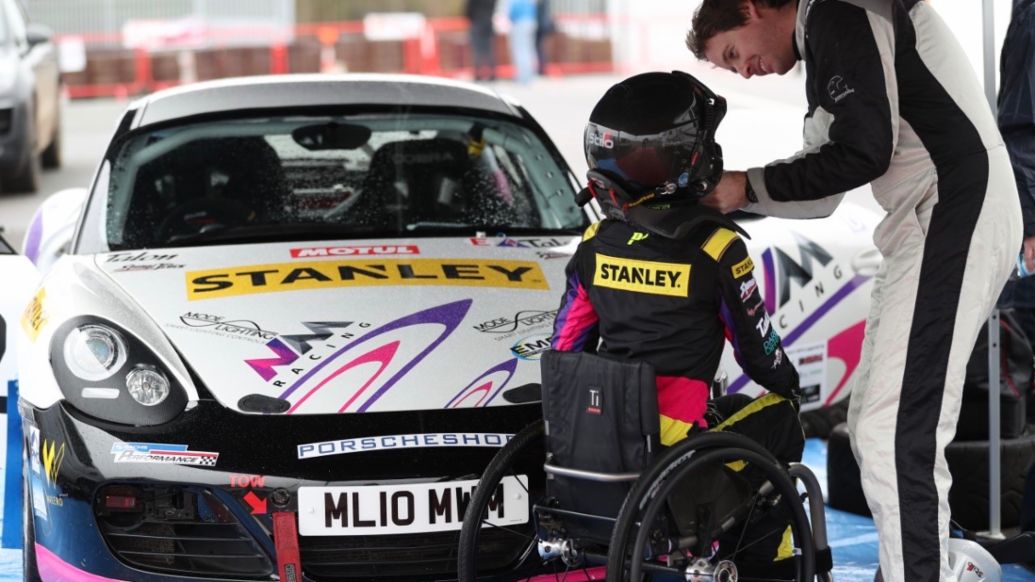
“The commission is in charge of the global legislation for disabled motorsport,” McGloin explains, “so that’s licensing, vehicles adaptations, access at venues, marshalling with officials and volunteers and everything in between. Our goal is to increase disabled participation in motorsport without compromising on safety.”
“The legislation needed updating”
The Disability and Accessibility Commission was started following the high-profile accident that severely injured up-and-coming Formula driver Billy Monger during the 2017 British F4 Championship. McGloin explains that Monger had approached the FIA to change the existing legislation that prevented disabled drivers from competing in single seaters. It was a watershed moment.
“The legislation needed updating,” McGloin says. “It needed some positive productivity in terms of facilitating more disabled participation in motorsport. And a lot has been changed already to be more in line with today’s disabled racing. We’ve also had grants approved by the FIA that have given access to the highest level safety equipment for disabled drivers. And we’ve seen legislation that allows adapted cars to compete without the limitations that would otherwise put them out of their class.”
Goals extend beyond racing
The reach of the commission extends beyond actual racing too, with several projects now in progress for 2021 that will make all Formula One and Formula E circuits fully accessible to disabled spectators. As McGloin puts it: “A lot has happened, a lot is happening, but there’s still a lot of work to do.”
One of the long-term goals for the commission, and McGloin personally, is to see disabled racing effectively normalised, so that a child with a disability will no longer see motorsport as something he or she cannot aspire to take part in at the highest level. And one of the most important ways to enable this is through simple visibility.
No separate race category for people with disabilities
“If you don’t see someone like you doing something, then you don’t necessarily think it’s achievable and gravitate towards it.” But herein lies a paradox, as McGloin explains: “While there are a lot of disabled drivers competing around the world, because motorsport doesn’t have a separate category for them, it’s not massively relevant to spectators."
"When we’re on the race track we’re the same as everyone else, which is great and is the beauty of the sport for me and a lot of other disabled drivers." Nathalie McGloin
"When we’re on the race track we’re the same as everyone else, which is great and is the beauty of the sport for me and a lot of other disabled drivers. But the flipside of that is we don’t necessarily get the publicity that disabled motorsport as a whole needs in order to grow its appeal to other disabled people.”
FIA creates own thematic presence on Instagram
The commission is overseeing various programmes that will provide platforms both for disabled drivers and people with disabilities who are involved in other capacities within the world of motorsport. One such initiative is an official FIA Disability and Accessibility Instagram account, launched in September. This is already growing rapidly, giving existing disabled racers a place to come together while also reaching out to those interested in finding out more.
But while these platforms are an essential stepping stone, they come with a caveat from McGloin for whom the ultimate goal, shared with the FIA, is to see real parity wherever possible. “Platforms that publicise that motorsport is accessible for disabled people mustn’t be damaging to the overall objective that it is a multi-ability sport that disabled and non-disabled drivers can compete in together. The long-term goal will never be to segregate disabled drivers into their own category or sport, but I don’t think there’s any harm in using all-disabled events to increase awareness today.”
Nathalie McGloin is racing the Porsche 718 Cayman S
When you understand McGloin’s personal racing record, it’s easy to see why this target is so important. In 2010 she went on her first track day and immediately fell in love with the concept of driving her road car as fast as possible around a circuit at the same time as able-bodied participants. Once in the car, her disability was no longer a consideration.
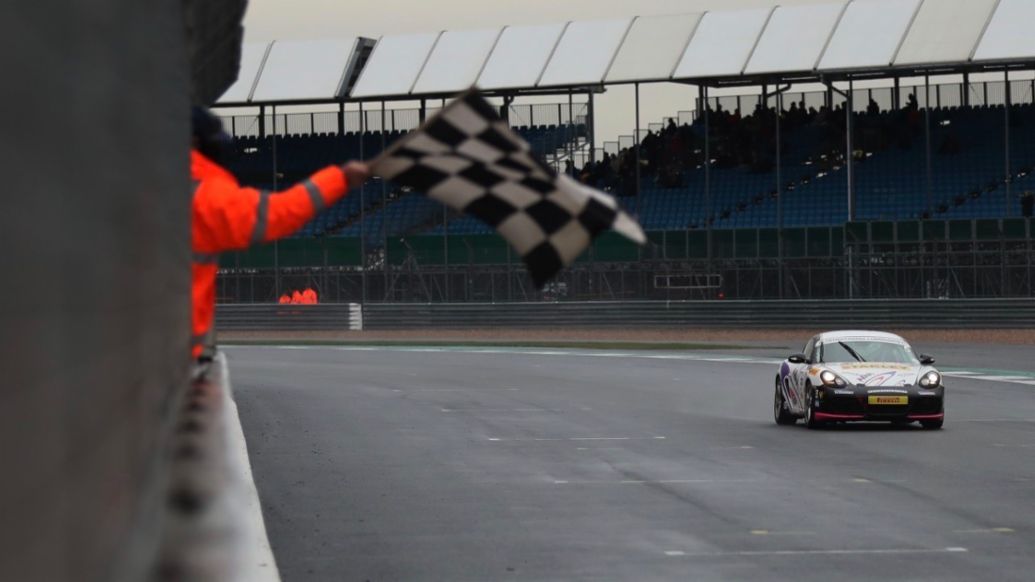
A combination of determination and talent saw her progress through a series of increasingly rapid road cars before, in 2014, buying the Cayman S that she would adapt over the following 18 months into a highly competitive racer. In 2015 McGloin attained her racing license and she has never looked back.
"It was a motivator to me to prove it could be done”
Asked whether she felt like she faced extra challenges en route, her response is typically no-nonsense: “I wouldn’t call them challenges. Any racing driver has things that they need to work around and the mental preparation for going racing is the same for me as it would be for a non-disabled driver. And being the first female with a spinal injury to be granted a racing licence in the UK didn’t fill me with any hesitation. I like being the first to do these things and it was a motivator to me to prove it could be done.”
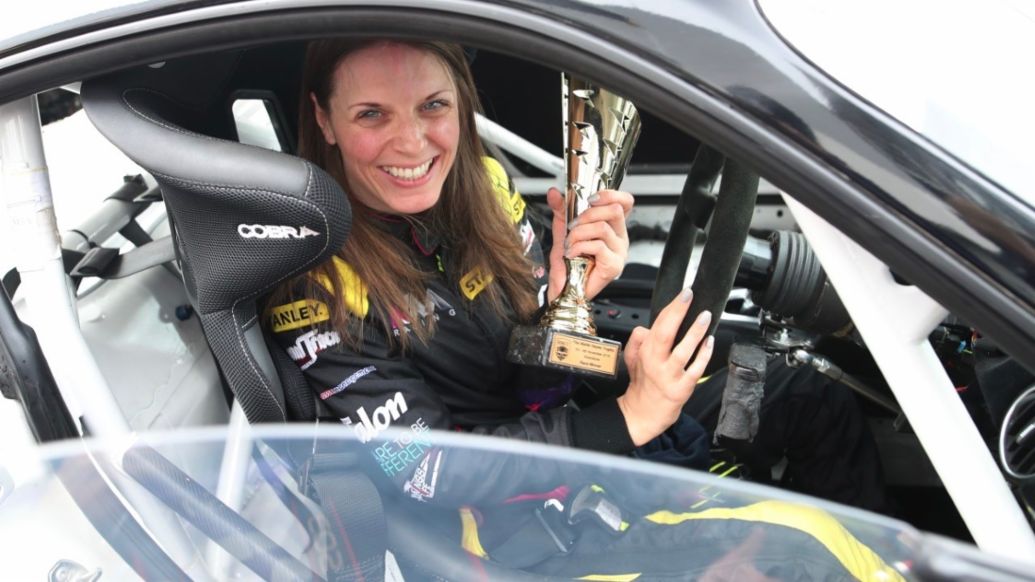
McGloin races against experienced able-bodied drivers in her Cayman, and has gone from strength to strength in remarkably little time, bringing home her first silverware in 2019. “I’m not going to pretend I wasn’t petrified before my first race because I absolutely was, but I think most drivers feel like that. It’s hard to explain, but when the lights went out I realised all the hard work had been worth it because it was an incredible feeling. I knew straight away it was the right thing to do and something I’d be doing for long time to come.”
Info
Newsroom's new Driving Thoughts series asks leading thinkers from across the globe to shed light on the latest ideas, technology and debates shaping the wider automotive world.
